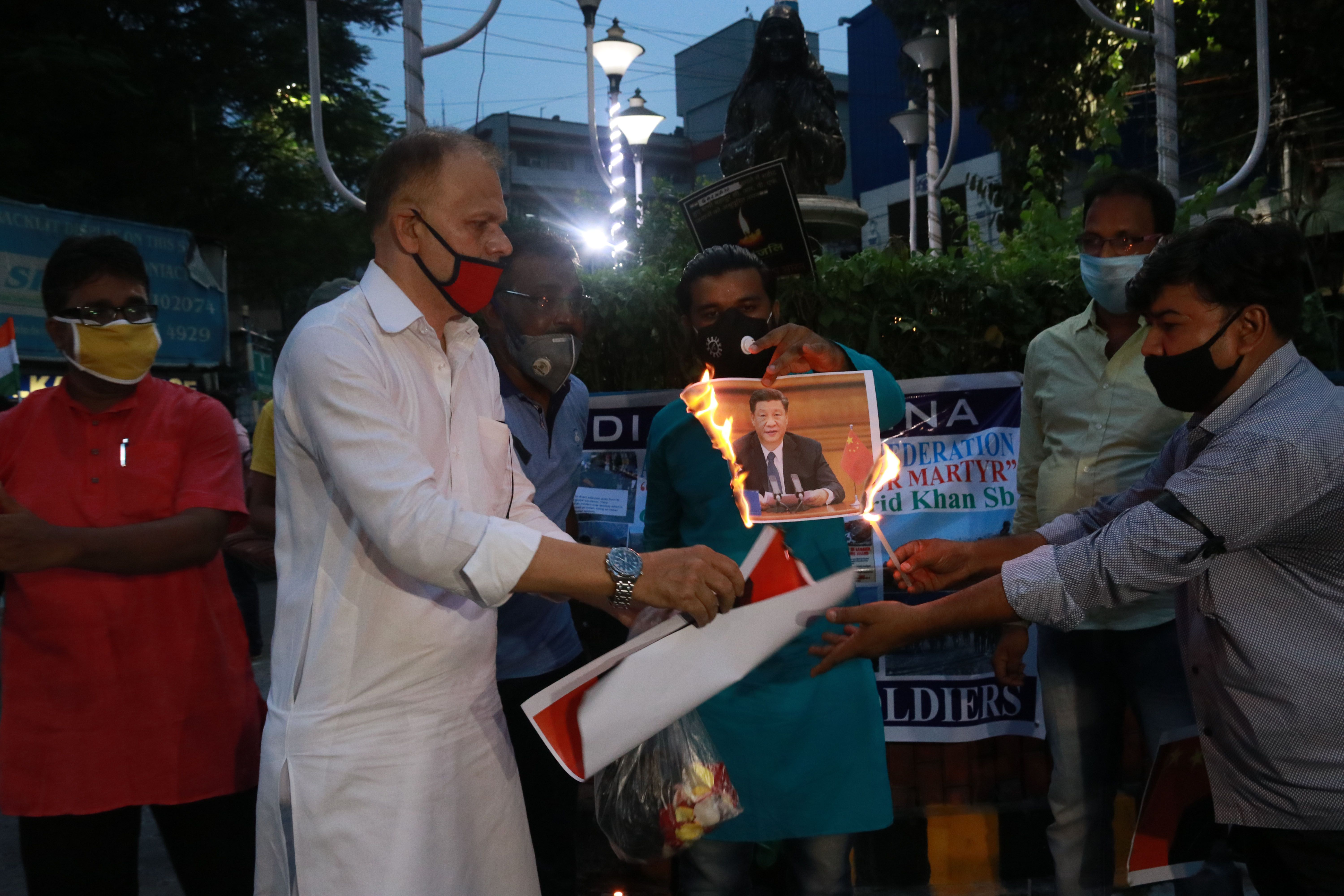India-China Border Stand-off

What happened on the India-China border?
On the night of 15 to 16 June, at least 20 Indians were killed in a fight between Chinese and Indian soldiers in the Galwan River Valley in Ladakh on the Indian side of the border. There were victims also on the Chinese side, but China has not disclosed an official number. This is the most serious border incident since 1967 and the first fatalities since 1975. Skirmishes this year on the border in the Ladakh and Sikkim regions have occurred since the beginning of May, but the situation seemed to stabilise after talks between field commanders. Both sides accuse the other of provocation, of crossing the Line of Actual Control (LAC) separating the two countries and attempting to change the status quo. In a telephone conversation, the respective foreign ministers issued a “strong protest” and presented different interpretations of the events. Prime Minister Narendra Modi stated that “India wants peace but when provoked, India is capable of giving a fitting reply”.
What has caused this crisis?
The higher tensions are a consequence of the protracted dispute over the border and the increasing militarisation of the border regions on both sides. India and China share nearly 3,500 km of border in the Himalaya, of which only about 2% is officially demarcated. Both countries have territorial claims that caused the 1962 war, which India lost. Negotiations on the regulation of borders started in 1993 but have not yielded progress. In recent years, both states have been expanding infrastructure and strengthening military posts along the LAC. This increases the frequency of border-patrol contact, which can also lead to accidental confrontations. Probably, this time China wanted to interrupt the construction of a road in the Galwan Valley to which it unexpectedly signalled territorial claims in recent days. The escalation of tensions can also be a way to show China’s dissatisfaction with India’s progressive rapprochement with the US.
How serious is the risk of war?
The risk of escalation of tensions into open armed conflict is minimal. Both countries are struggling with the COVID-19 pandemic and the resulting economic slowdown, and military confrontation is not in their interest. India also cannot afford a decisive military response to China following the model of air raids on the territory of Pakistan in February 2019 due to the military advantage of the Chinese army. In turn, China does not want to antagonise India further, which could lead it to strengthen anti-Chinese cooperation with the U.S. As a result, each side will seek to mitigate the conflict without creating the impression of significant concessions to the other party. It is possible that another special summit between the PM Modi and Chinese leader Xi Jinping will be necessary to calm the situation, similar to what happened after the recent border standoff in the Doklam region in 2017.
What is the international significance of the tensions between India and China?
The latest crisis reminds us that Indian-Chinese relations are key to stability in Asia and the future of the international order. A potential war between the two nuclear powers and the world’s largest armies would be catastrophic for the entire region. If the escalation of tensions was a planned action on China’s part, it achieved the opposite effect. The crisis has strengthened anti-Chinese sentiment in India, will reinforce the pro-Western course in Indian foreign policy, and will impede cooperation within the BRICS group and in the China-Russia-India tripartite dialogue. Interestingly, the U.S. is the overall winner of the confrontation because it views India as a counterweight to China in its Indo-Pacific strategy. However, China may still prevent a U.S.-India alliance by giving way to India on important matters, such as support for India’s accession to the Nuclear Suppliers Group or addressing the Indian trade deficit.


